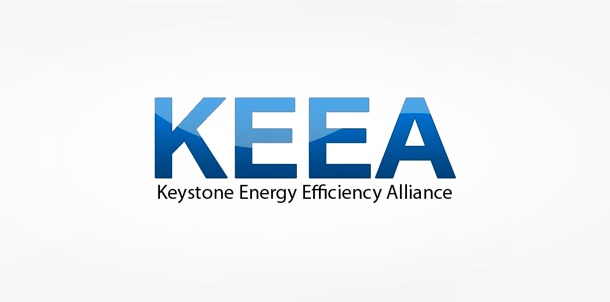Why 2015 is Pivotal…
Critical Decisions that Are Shaping Energy Efficiency, Clean Energy and Rates
[box_container]
Tuesday March 3rd, 4:00-6:00 PM
Bayer Hall, Duquesne University Campus
Registration is Required
Admittance is FREE!
Refreshments will be provided
[/box_container]
[intro_text]
Don’t miss this chance to learn about the future of energy and energy efficiency in Pennsylvania, and critical decisions that are being made right now. Speakers will elaborate on Act 129 Phase III, the EPA’s Clean Power Plan and the value of grid scale energy efficiency.
[/intro_text]Dr. James Phillips from the Center for Green Industries and Sustainable Business Growth, Duquesne University will deliver the welcoming remarks, and speaker introductions will be provided by Brian Kauffman, the Executive Director of Keystone Energy Efficiency Alliance. Sessions include:
Will ACT 129 Phase III Continue to Drive Energy Efficiency or Decline?
Maureen Mulligan, Policy Director, Keystone Energy Efficiency Alliance
The Pennsylvania Public Utility Commission recently started the process of setting goals for utility energy efficiency programs under Phase III of Act 129, which will drive the efficiency marketplace for the next 3 to 5 years. In other locales, some large ratepayers have begun to “opt out” of the programs. Stakeholder input on the design of these programs will be critical over the next 9 months. In addition, in Harrisburg, Governor Wolf will soon appoint a new Public Utility Commission chairperson, which will impact the direction of key energy efficiency initiatives for the next 5-year term.
How will the EPA Clean Power Plan Shake Out?
Matt Stanberry, VP of Market Development, Advanced Energy Economy
EPA’s Clean Power Plan which will affect all 50 states, will set standards to lower the levels of CO2 emissions. The plans that the states will propose can incorporate a number of compliance measures. Under the draft rules, energy efficiency is one of four primary compliance measures highlighted by EPA, along with cleaning up coal fired plants, increasing the use of combined cycle natural gas plants, and using more zero emission generation including renewable and nuclear energy. The Final Rules will be released by EPA this summer.
Who Decides How Much Energy Efficiency Pays?
Dan Griffiths, Executive Director of Consumer Advocates of the PJM States
PJM Interconnection, LLC is the federally regulated organization that manages the electric grid, transmission infrastructure, and wholesale energy markets in our region. PJM’s primary responsibility is to balance the grid to make sure that everyone has electricity when they need it. On the markets side, demand response (DR) and energy efficiency (EE) have reduced consumer electricity costs by $11.8 billion in the 2013-14 base residual auction.* They have been compensated through the regional market. Now, a law suit by electric generators seeks to keep DR and EE out of that market. The electric generators may have won but the Supreme Court may weigh in.



